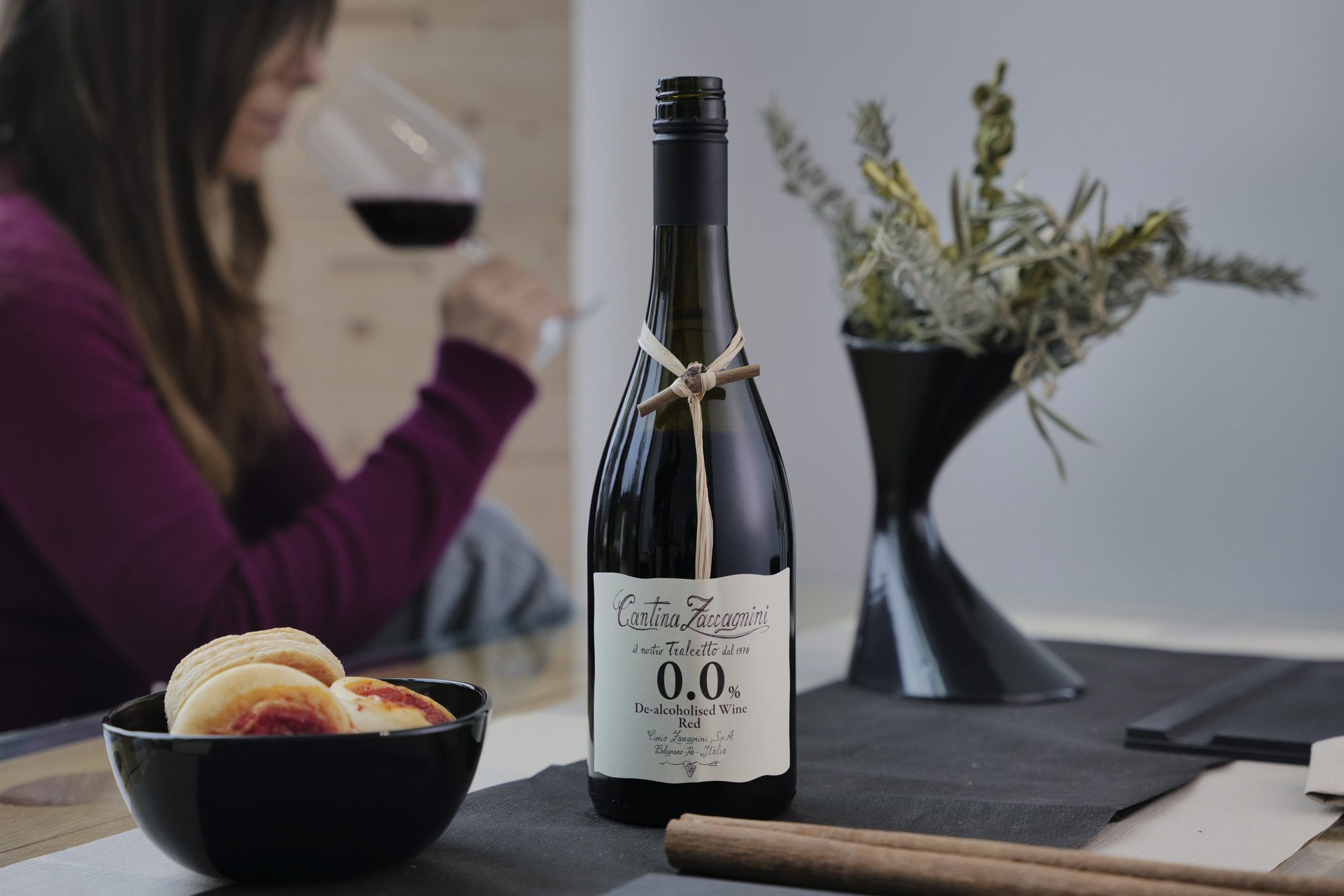Krug to number each Grande Cuvée blend
Champagne Krug is to highlight the unique nature of each annual blend of its multi-vintage Grande Cuvée with a new numbering system.
The Champagne, which features a blend of more than 120 wines from at least 10 different harvests, has historically been sold as simply Krug Grande Cuvée, although since 2011, the label has featured a code, which can be entered into Krug’s website to tell consumers information about each bottle, including the vintages employed and the date when the wine was disgorged (see below).
However, starting with the release of next year’s Krug Grande Cuvée, the Champagne house will include a number to indicate the date of bottling – it will be labelled as the “160th Edition”, highlighting its individual character, despite the fact the wines are blended to create a “house style”.
Speaking exclusively to the drinks business yesterday in London, Krug CEO Margareth Henriquez said that it was important for consumers of the Grande Cuvée “to understand that we are in the domain of creation, doing something unique, a masterpiece every year… every year there is one creation, one blend, one bottling, and this house has been doing this for 170 years.”
However, she admitted that in the past, Krug was not promoting its Grande Cuvée as a series of different releases, and before the numeric code was added to the bottle, consumers didn’t know when the Champagne was disgorged, so buyers couldn’t tell the difference between releases – and therefore how old their bottles were.
“We were not paying attention to it [Krug Grande Cuvée] as one individual creation,” she said, adding, “but the same is something industrial, and we will never be the same.”
Consequently, Henriquez, who joined Krug as CEO in 2009, insisted that Krug employ some way of differentiating the Grande Cuvée releases.
Indeed, back in 2010 she conducted Krug’s first ever comparative Grande Cuvée tasting in London, identifying Grandes Cuvées created in 2001, 2002 and 2003 with a different name on the back label – although these names were only for trade events – while announcing the decision to print an ID code on each bottle, which would allow the house to trace bottles as well as help consumers find out the exact history and disgorgement date of the wine in their ownership.
Partner Content
Furthermore, last year, Olivier Krug said that the house is not striving for consistency in style with its multi vintage blend, commenting, “At Krug, we’re not about consistency but generosity. We don’t work to a rulebook or a formula and want to celebrate the differences from year to year.”
Then, during yesterday’s discussion, Henriquez commented, “I said we have to identify every bottle of Grande Cuvée; we cannot drink different creations as though they were the same.”
Consequently, from next year, she said that each annual Grande Cuvée release would be marketed as a numbered edition.
“In the future we would like to have a number for Krug Grande Cuvée, so next year we will start with the 160th edition.”
She also told db that the approach will be the same for future releases of Krug Grande Cuvée rosé, although stressing that this multi-vintage pink blend has a significantly shorter history, she said, “It will be the same approach, but it is younger, so it will be about the 30th edition.”
Although each release of Krug Grande Cuvée contains a mix of wines from at least 10 different harvests, a single “base” vintage makes up at least 50% of the blend in each annual release. The current expression of Krug Grand Cuvée uses the 2006 vintage as its base, and the wine spends a minimum of six years on its lees, and 10 months resting post-disgorgement in Krug’s cellars in Reims.




